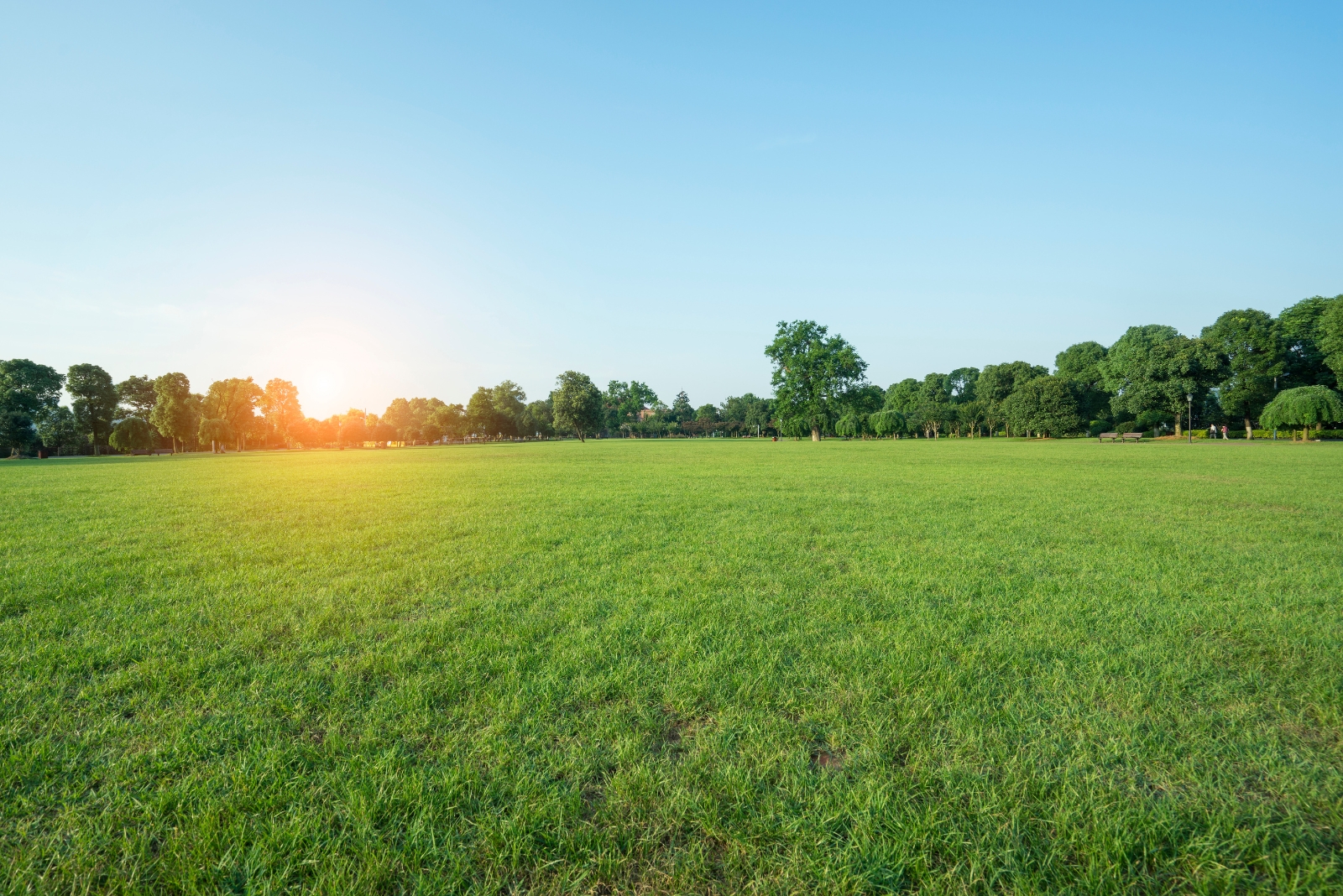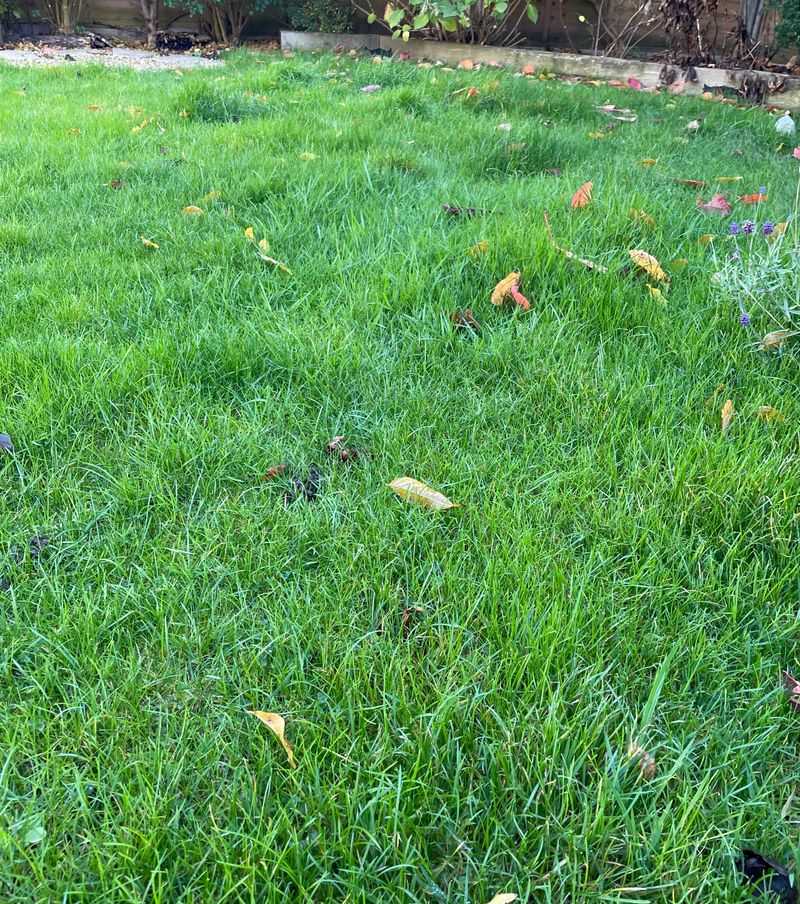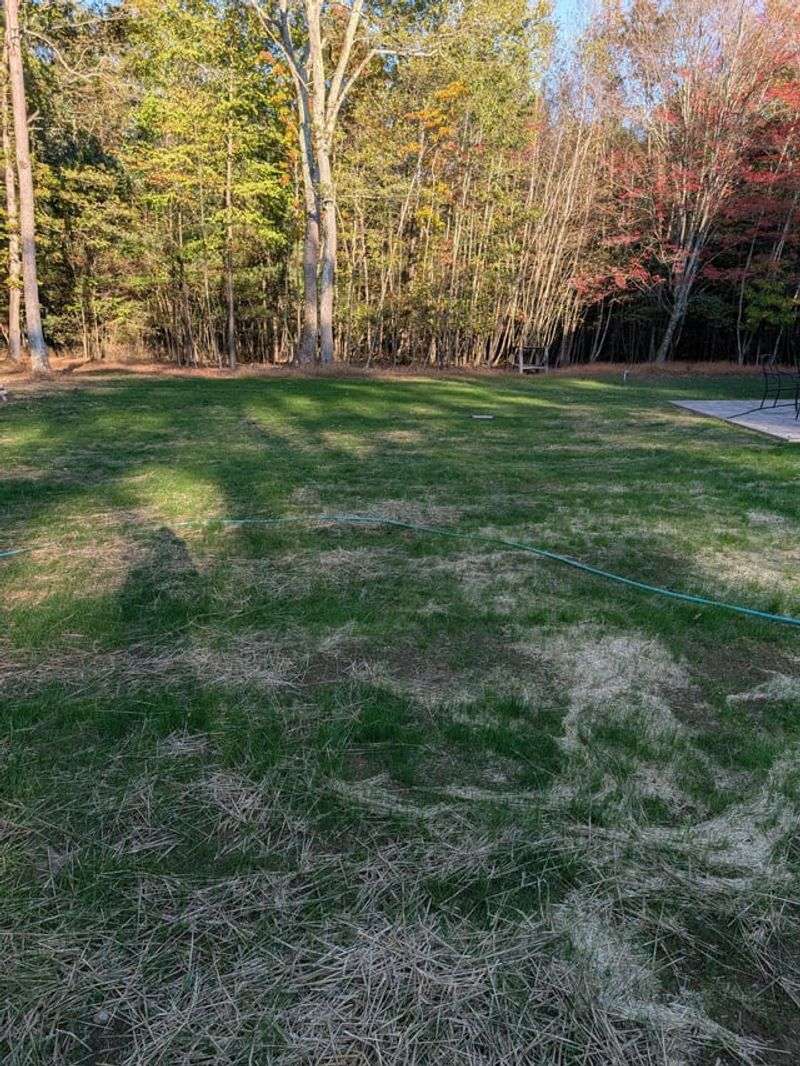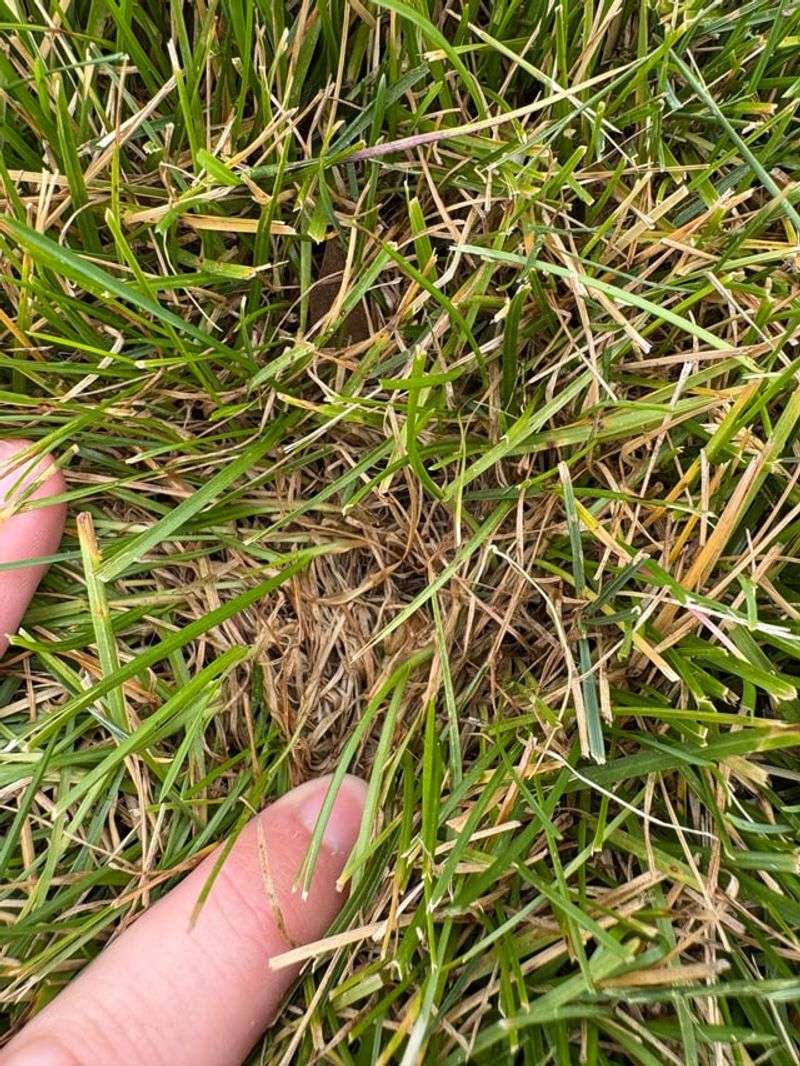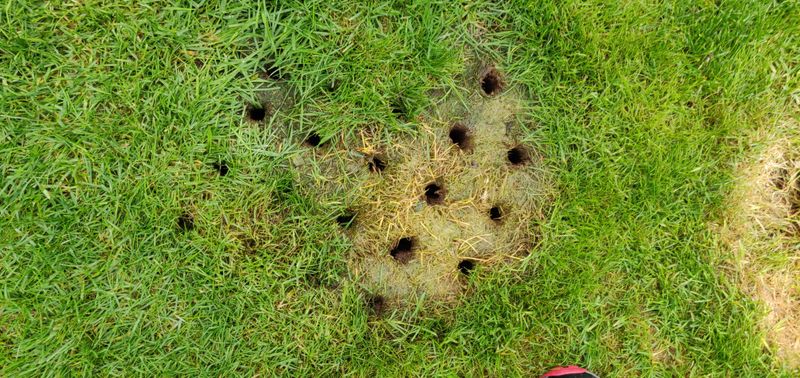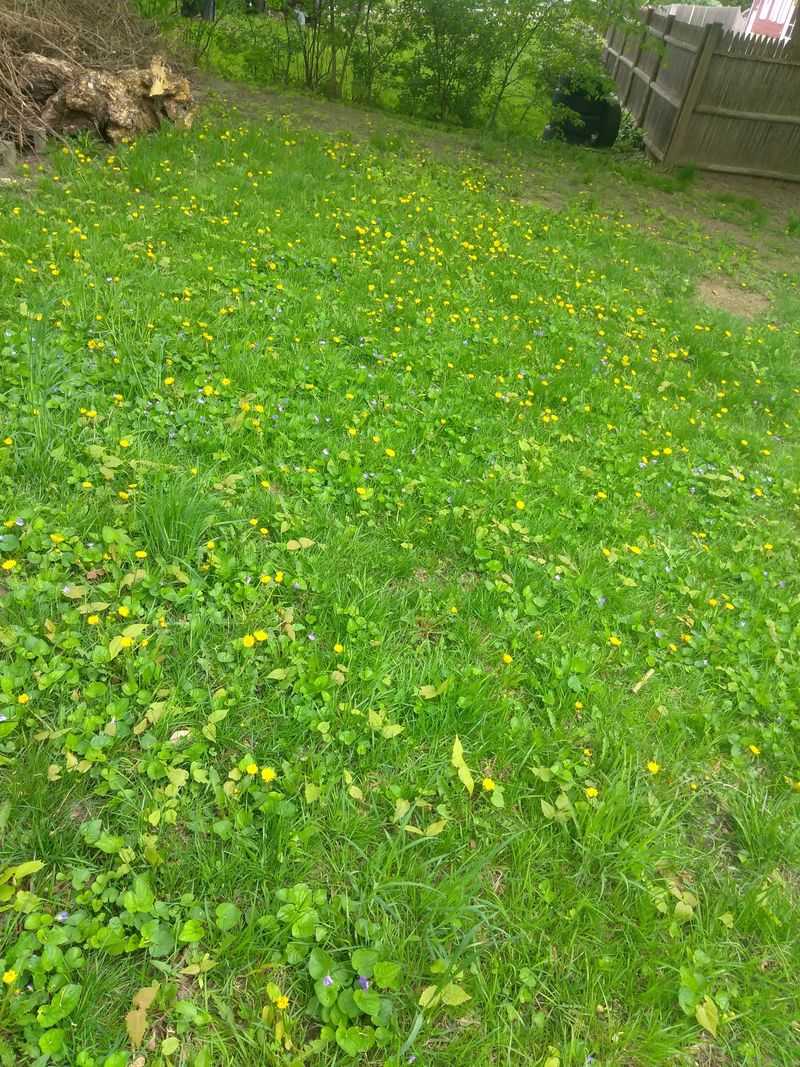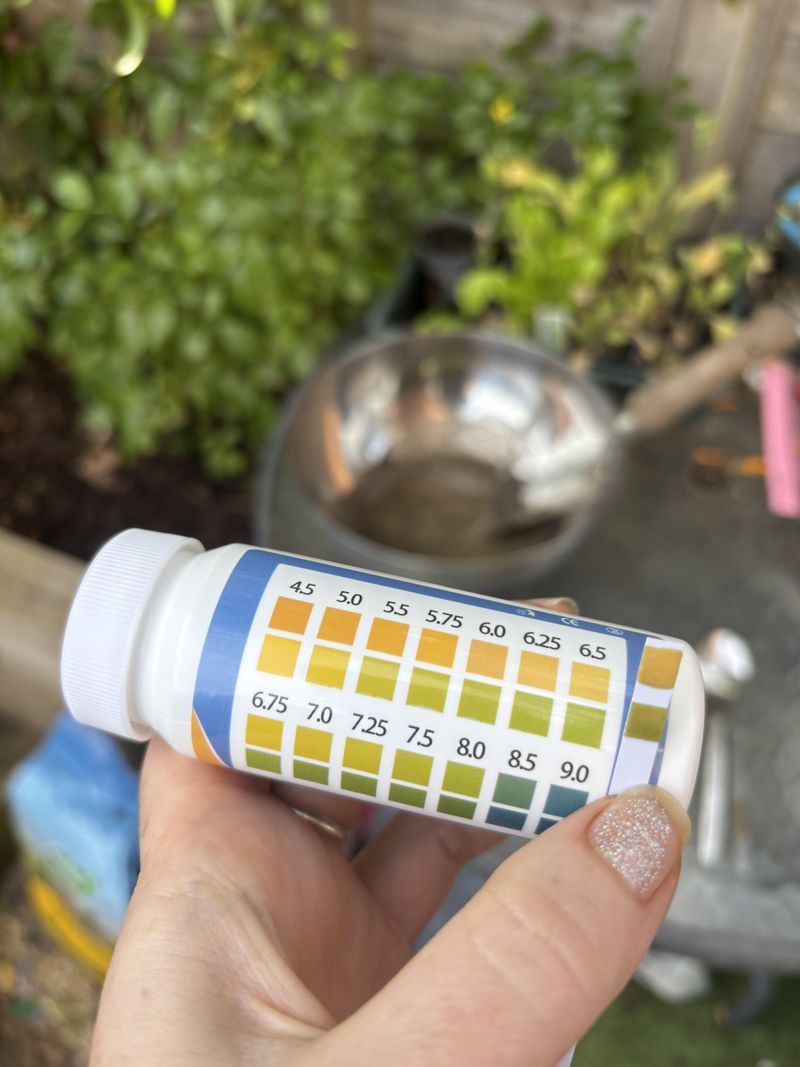Fall is a critical time for Rhode Island lawns, but a few common missteps can cause serious damage. I’ve made some of these mistakes myself before learning the right approach.
Small adjustments now can make your grass healthier and more vibrant come spring. Paying attention to these details helps your lawn thrive all year long.
1. Cutting Grass Too Short Before Winter
Scalping your lawn might seem like a time-saver, but it actually weakens grass roots heading into winter. When blades are trimmed too short, they can’t photosynthesize properly or store enough energy for cold months ahead.
Rhode Island lawns need grass kept around 2.5 to 3 inches tall during fall. This height protects roots from frost damage while preventing snow mold growth. Taller grass also shades out weeds trying to establish themselves before winter arrives, giving your lawn a competitive advantage next spring.
2. Ignoring Leaf Buildup on Your Lawn
Fallen leaves look beautiful, but leaving them piled on your grass creates serious problems. A thick leaf blanket blocks sunlight and traps moisture, creating perfect conditions for fungal diseases and suffocating your turf.
Homeowners across Rhode Island should rake or mulch leaves regularly throughout autumn. If you mulch them with a mower, the shredded pieces decompose quickly and add nutrients back into soil. Just don’t let layers get thicker than half an inch, or you’ll still risk damaging the grass underneath during those chilly New England nights.
3. Skipping Fall Fertilization Completely
Many people think fertilizing ends when summer does, but fall feeding is actually one of the most important applications of the year. Grass roots continue growing even after top growth slows down in cooler temperatures.
Applying a fall-specific fertilizer in Rhode Island helps strengthen root systems and stores nutrients for winter survival. Look for formulas higher in potassium, which improves cold tolerance and disease resistance. Your lawn will emerge greener and healthier next spring if you feed it properly this autumn season.
4. Overwatering as Temperatures Drop
Summer watering schedules don’t work for fall conditions. Cooler temperatures and increased rainfall in Rhode Island mean your lawn needs far less supplemental water during autumn months.
Overwatering encourages shallow root growth and creates soggy conditions where fungal diseases thrive. Most established lawns only need about one inch of water weekly from all sources combined. Check soil moisture before running sprinklers, and adjust your irrigation system timer to account for seasonal changes and natural precipitation patterns throughout the Ocean State.
5. Neglecting to Aerate Compacted Soil
Compacted soil prevents water, air, and nutrients from reaching grass roots where they’re needed most. Heavy foot traffic and summer activities leave many Rhode Island lawns with hard, dense soil by autumn.
Fall is the ideal time to aerate cool-season grasses common in New England yards. Core aeration pulls small plugs from the ground, creating channels for better root penetration and resource absorption. Your lawn recovers quickly in cool fall weather, and you’ll notice improved drainage and healthier growth patterns throughout the following growing season.
6. Allowing Weeds to Spread Unchecked
Fall weeds might seem less threatening than summer invaders, but they’re quietly establishing root systems for next year’s takeover. Perennial weeds store energy in roots during autumn, making them harder to control later.
Spot-treating weeds in Rhode Island lawns during fall is highly effective because plants actively absorb herbicides into their root systems now. Focus on dandelions, clover, and other broadleaf weeds before the ground freezes. Preventing seed production now means fewer weeds competing with your grass for resources when spring growing season returns to the Northeast.
7. Forgetting About Proper Soil pH Balance
Acidic soil is common throughout Rhode Island due to regional climate and geology, but many homeowners never test their lawn’s pH levels. Grass struggles to absorb nutrients when soil becomes too acidic, even with regular fertilization.
Fall is an excellent time to test soil and apply lime if needed to raise pH toward the ideal range of 6.0 to 7.0. Lime takes several months to work, so autumn application ensures proper pH by spring growth season. A simple soil test reveals exactly what your Ocean State lawn needs for optimal health and vibrant color.

